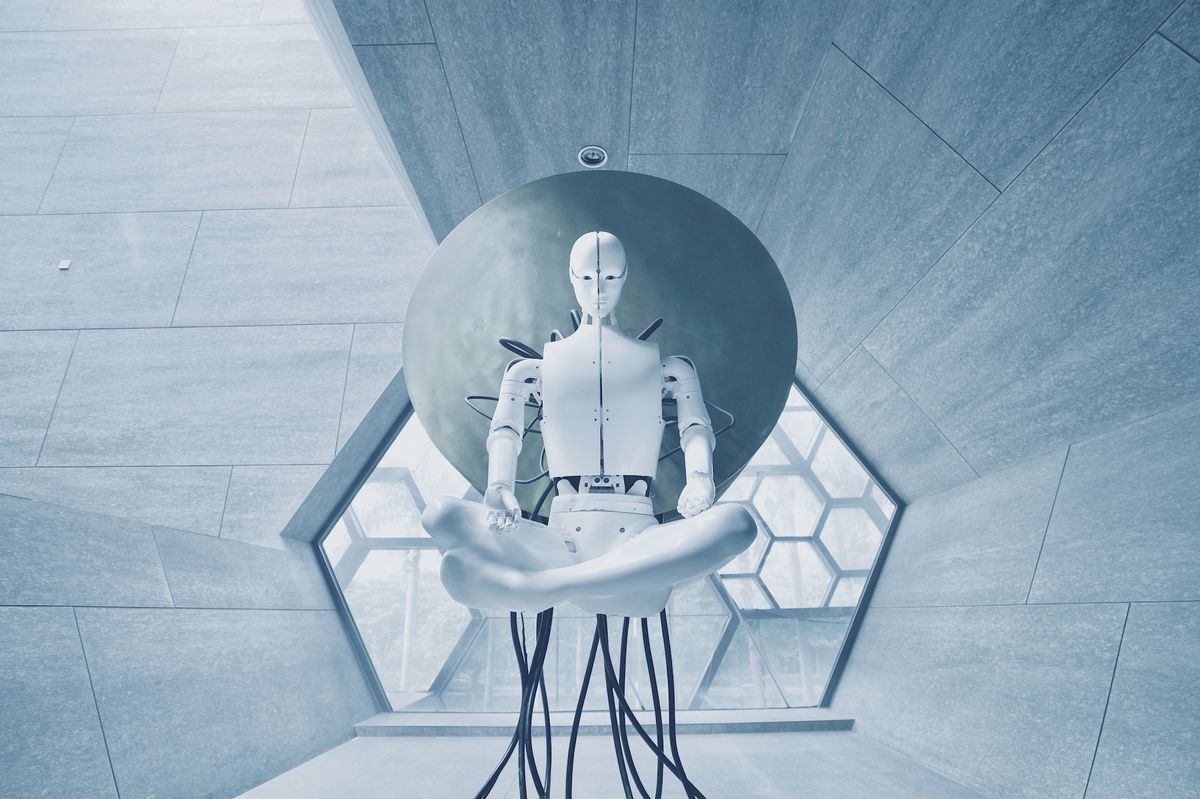What is a Chess Engine?

Chess engines are computer programs that are designed to play the game of chess. They are typically used by chess enthusiasts and pro-level chess players to analyze and improve their own play.
The first chess engines were developed in the 1950s, but it wasn't until the 1990s that they became powerful enough to compete with the best human players. Since then, chess engines have continued to evolve and improve, and for a long time, they have been considered some of the most advanced artificial intelligence programs in existence.
One of the key features of chess engines is their ability to search vast numbers of possible moves in a short amount of time. This allows them to consider a wide range of possibilities and make highly accurate predictions about the outcome of a game. Chess engines are also able to learn from their experiences, using techniques such as machine learning to improve their play over time.
There are many different chess engines available, each with its own strengths and weaknesses. Some are specialized for certain styles of play, while others are designed to be more general-purpose. Some of the most popular chess engines include Stockfish, Komodo, and Houdini.
While chess engines are a valuable tool for chess players of all skill levels, they are not without their limitations. They can sometimes struggle to understand certain strategic concepts that come naturally to human players, and they are not capable of the creative and intuitive thinking that sets the best human players apart.
Overall, chess engines are an impressive feat of artificial intelligence and a valuable resource for anyone looking to improve their chess skills. Whether you're a beginner trying to learn the basics or a grandmaster looking for a challenging opponent, there's a chess engine out there that can help you take your game to the next level.
